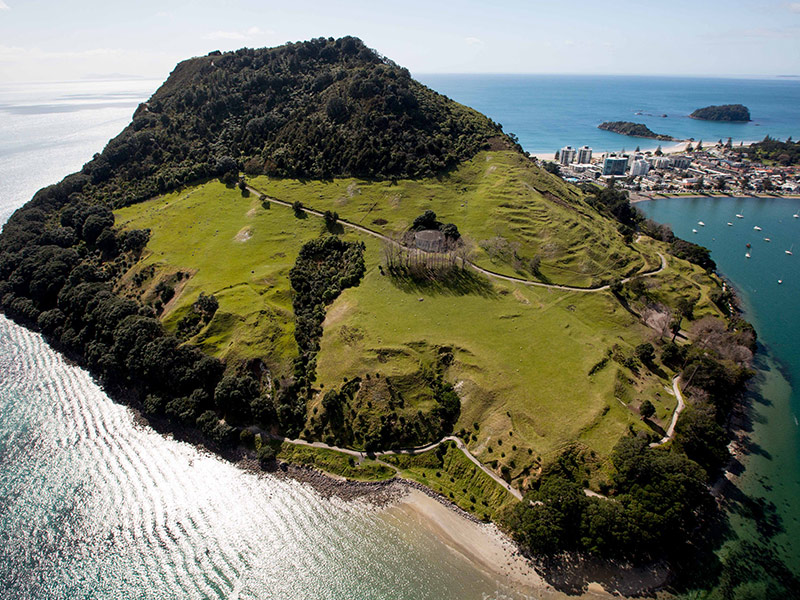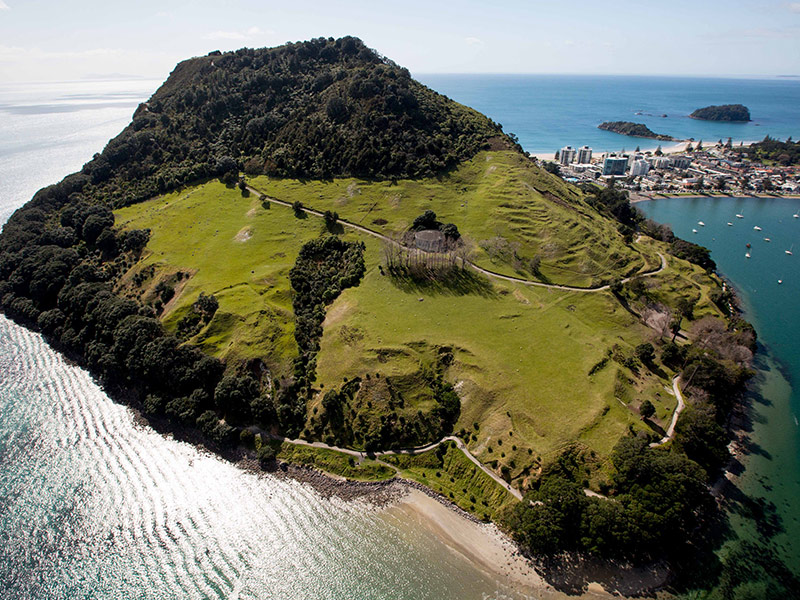
Pūrākau : THE GREAT KINO OF MAUAO
| The attack upon Mauao was an act of deceit and the breaking of tikanga. Kotorerua sought to obtain utu (vengeance) for the death of his father (Tūwhiwhia) and brother (Tauaiti) after they were slaughtered for the killing of Taurawheke. Taurawheke, a Ngāti Ranginui man, survived the wrecking of his canoe during a storm, only to succumb to his death at the hands of a man from Ngāi Te Rangi; later being cooked and consumed by his slayer. Following the deaths of Tūwhiwhia and his son Tauaiti, Kotorerua made plans to attack Mauao, in particular the pā of Kinonui, Ruarapapari. In the dark of the evening skies, Ngāi Te Rangi landed at the lower slopes on the western side of Mauao below the kāinga (home) of Kinonui. Kotorerua, with a small ope (group) made his way to the entrance of the kāinga, carrying in tow the baskets of kokowai (red ochre). Unaware of the hidden weapons within the baskets, Kinonui whilst still suspicious of treacherous intent, invited Kotorerua and his men within Ruarapapari. The time of this visit was during evening meal, thus setting the scene for the to and fro of whaikōrero (speeches). “Haere mai, haere mai ki te kai” Kinonui remarked to his manuhiri (guests). Kotorerua surveyed the spread and made a comment of there being no presence of red snapper for them to feast upon. The manuhiri were taken into the meeting house. An exchange of whaikōrero continued into the late evening, all the time Kinonui remaining suspicious of Kotorerua and his men. Whilst occupied in the meeting house, Ngāi Te Rangi men proceed to enact their plan of attack. A group of young Ngāi Te Rangi warriors led by Tāpuiti, ascended the steep northern face of Mauao. At the same time, a contingent led by Tamapahore proceeded to wreck all visible waka (canoe) that belonged to Ngāti Rangini and Waitaha at Te Kaawa. One by one, the men of Kotorerua started to exit the meeting house. Pretending to stoke the fire, Kotorerua positioned himself near the doorway ready for a hasty exit. awaited the sign from one of his men. He saw his opportunity to take leave when one of his men entered and indicated the plan was in place. Kotorerua snatched a flaming stick from the fire and made a haste towards the exit. He slammed the door behind him, and quickly set fire to the whare with all those still within it. The invaders awaiting the lighting of the whare, had already wrapped their heads with bands of the wharangi leaves. The underside of the wharangi leaf, like the silver poplar, reflected the light from the moonlight distinguishing their own men from the people of Kinonui. The invaders collected the weapons hidden under the kokowai baskets. Havoc erupted as both sides began to battle. Many were slaughtered or drowned attempting to flee via the smashed waka. Those that did escape, swam the harbour to the opposite side of the shore. Fortunately, while Kinonui continued to occupy Ruarapapari, his sons had already settled elsewhere. Kinotaraia established a kāinga at Matakana, Kinomoerua at Matuaiwi and Kinokokotipunga further inland. The event that took place upon Mauao, is the reason for the renaming of Kinonui’s sons who had already left Ruarapapari prior to the attack. Kinomoerua left for Matuaiwi took his name after the people in Ruarapapari were burnt to death whilst they slept Kinotaraia who established his kāinga at that time at Matakana, named after invaders dressing themselves with the whārangi leaves. Kinokokotipunga who also settled inland took his name in remembrance of the waka that were wrecked and the slashing of the anchors by Tamapahore and his people. |
Waiata
Click here
Waiata – He Pātere mō Tauranga Moana
Waiata – Tākitimu
Kiriata
Click here

Kiriata – Ruarapari
Other resources :
Click here
Nuku Reo :
Click here
